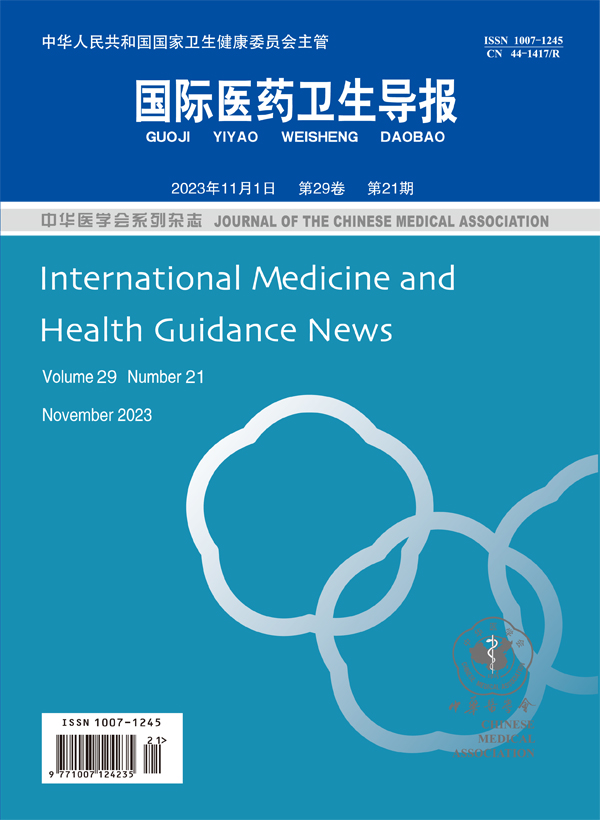Advances in the study of ASXL1 mutations in myeloid neoplasms
引用次数: 0
Abstract
In recent years, many studies on myeloid neoplasms have reported the occurrence of ASXL1 mutations, including myeloproliferative neoplasms (5%-35%), myelodysplastic syndrome (15%-50%), acute myelogenous leukemia (5%-15%), and so on. ASXL1 mutations include three types: frame-shift mutation, nonsense mutation, and missense mutation; among which, the first two have a great impact on the overall survival rate and disease-free survival rate of patients with myeloid neoplasms. At the same time, myeloid neoplasms patients with ASXL1 mutations have obvious clinical characteristics, and have significant differences in response to treatment and in prognosis compared with wild-type patients. The universality of ASXL1 mutation indicates that it is closely related to the occurrence and progress of myeloid neoplasms. In this paper, based on the current research data, the molecular structure and mutation characteristics of ASXL1 and its relationship with various myeloid tumors are reviewed. Key words: ASXL1 mutations; Myeloid neoplasms; Research progress髓系肿瘤ASXL1突变的研究进展
近年来,许多关于髓系肿瘤的研究报道了ASXL1突变的发生,包括骨髓增生性肿瘤(5%-35%)、骨髓增生异常综合征(15%-50%)、急性髓系白血病(5%-15%)等。ASXL1突变包括三种类型:移帧突变、无义突变和错义突变;其中,前两者对髓系肿瘤患者的总生存率和无病生存率影响较大。同时,ASXL1突变的髓系肿瘤患者具有明显的临床特征,与野生型患者相比,在治疗反应和预后方面存在显著差异。ASXL1突变的普遍性表明它与髓系肿瘤的发生和发展密切相关。本文结合目前的研究资料,对ASXL1的分子结构、突变特征及其与各种髓系肿瘤的关系进行综述。关键词:ASXL1突变;髓系肿瘤;研究进展
本文章由计算机程序翻译,如有差异,请以英文原文为准。
求助全文
约1分钟内获得全文
求助全文

 求助内容:
求助内容: 应助结果提醒方式:
应助结果提醒方式:


